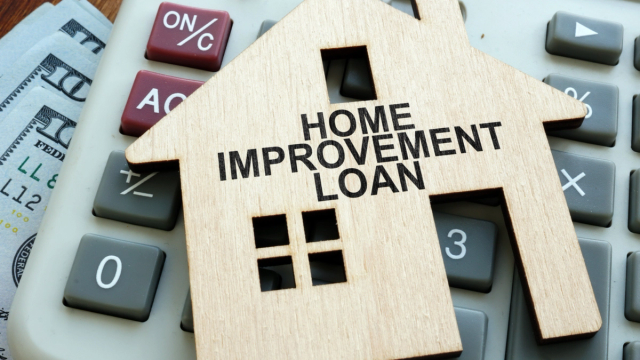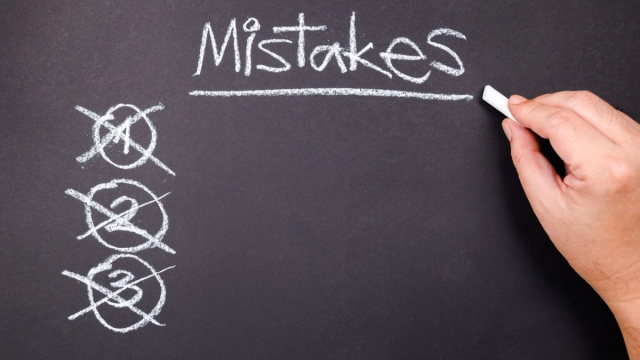Waterfall Lending: What Is It and How Does It Help Your HVAC Business?
Waterfall lending is a simple way to offer financing options to a diverse range of customers and is especially beneficial for HVAC contractors.

Contractor financing isn’t a one-size-fits-all situation. You have customers from all different walks of life and financial situations. And for most of these customers, obtaining financing has been more difficult since the Fed started raising interest rates in March 2022. Over 50% of applicants with good credit have received a denial in the past two years. The denial percentage is even higher for applicants with fair or poor credit.
Waterfall lending provides a simple way to offer financing options to your diverse customer base. It also improves approval odds for all customers, regardless of credit score. Let’s walk through what this process is and how it works in the HVAC industry.
What Is Waterfall Lending?
Waterfall lending is an approval process some lenders use to help more applicants get loan approvals. It uses only one application and one credit pull. However, multiple lenders may see the application throughout the approval process.
The approval process flows like a waterfall:
- The customer applies for a loan.
- The prime lender reviews the application. This lender typically has the best interest rates but is picky about their loan approvals. If the prime lender can’t approve the application, they send the application to the near-prime lender.
- The near-prime lender reviews the application. This lender has competitive interest rates and isn’t as picky as the prime lender. But if the near-prime lender can’t approve the application, they send it to the sub-prime lender.
- The sub-prime lender reviews the application. Sub-prime lenders have the highest interest rates and may offer options like HVAC leasing. This lender has the most lenient approval criteria.
- The customer receives an approval from the lender that’s the best match. They’ll only receive a rejection if no lenders in the waterfall can approve their loan.
Sending applications through a waterfall saves everyone time and ensures your customers get the best payment terms for their loans.
Why Should HVAC Contractors Use Waterfall Lending?
While waterfall lending can be beneficial regardless of industry, it’s particularly beneficial for HVAC contractors. As you know, people don’t often call their HVAC contractor on their best day. HVAC is typically an emergency expense, which less than half of Americans can afford.
Depending on your area, you also likely work with people of all financial statuses. A lending waterfall is the perfect solution to ensure you have financing options for each individual. If you try to DIY your own waterfall, your customers may have to fill out multiple applications and receive multiple rejections. It’s a recipe for a negative customer experience. Waterfall lending simplifies this process with a single application, creating a smooth customer experience.
Things To Consider Before Partnering With a Waterfall Lender
Waterfall lending sounds great, right? It’s a one-stop shop with financing options for most — if not all — of your customers. But, like any financial decision, there are some considerations you should keep in mind before choosing a waterfall lender.
Many lenders charge fees to use their services, especially for risk-based loans. They are usually a percentage of the loan cost and often help applicants with poor credit scores get better rates. Dealers pay these fees but can work them into overhead costs, like credit card processing fees.
Sending an application through a waterfall can also take longer than applying with a single lender. But it’s still faster than working with multiple lenders. Suppose your prime lender rejects a loan application. In that case, your customer will have to apply with a second-look lender, get another credit pull, and wait for that application to be approved. With a waterfall model, applicants who qualify with the prime lender won’t see any delay in their approval. Customers whose applications go to the bottom may see a slight delay in approval. But waterfalls are often so seamless customers won’t even notice a delay.
Finally, as mentioned before, customers whose applications go to the bottom of the waterfall may be offered payment terms with high interest rates or conditions such as HVAC leasing. Or the lowest-tier lender could still reject their application, depending on their credit profile. They may expect this if they have poor credit, but you could still get upset customers. However, this will also happen with any lender, not just those using a waterfall model. And an approval with payment terms that aren’t ideal is still better than a rejection.
The Bottom Line
Partnering with a lender who uses a waterfall model is a great option for HVAC contractors. It’s an easy way to ensure you have options for all customers and keeps it easy with one application. It reduces the awkward financing conversations, and more approvals can help boost your HVAC business's profit margins.
 Financing EssentialsHome Improvement Loan Types: A Simple Overview for HVAC Contractors
Financing EssentialsHome Improvement Loan Types: A Simple Overview for HVAC Contractors Financing EssentialsSecond-Look Financing: How Does It Benefit Your Home Improvement Business?
Financing EssentialsSecond-Look Financing: How Does It Benefit Your Home Improvement Business? Sales Strategy, Financing Essentials3 HVAC Mistakes That Are Costing You Money
Sales Strategy, Financing Essentials3 HVAC Mistakes That Are Costing You Money